Cornmeal black specks are common in corn-based products, such as tortillas, bread, and snacks. These specks are small, dark-coloured particles visible on the product’s surface or embedded within it.
The germ often causes them in the cornmeal, which contains a higher oil and protein concentration than the endosperm. As a result, the germ can break down into small particles that become mixed with the endosperm during the milling process and create black specks. While these specks are not harmful to consume.
They can affect the appearance and perceived quality of the product, leading to customer complaints or rejection. Producers may take various steps to reduce the incidence of black specks. Such as using high-quality corn, adjusting the milling process, or using anti-speck agents.
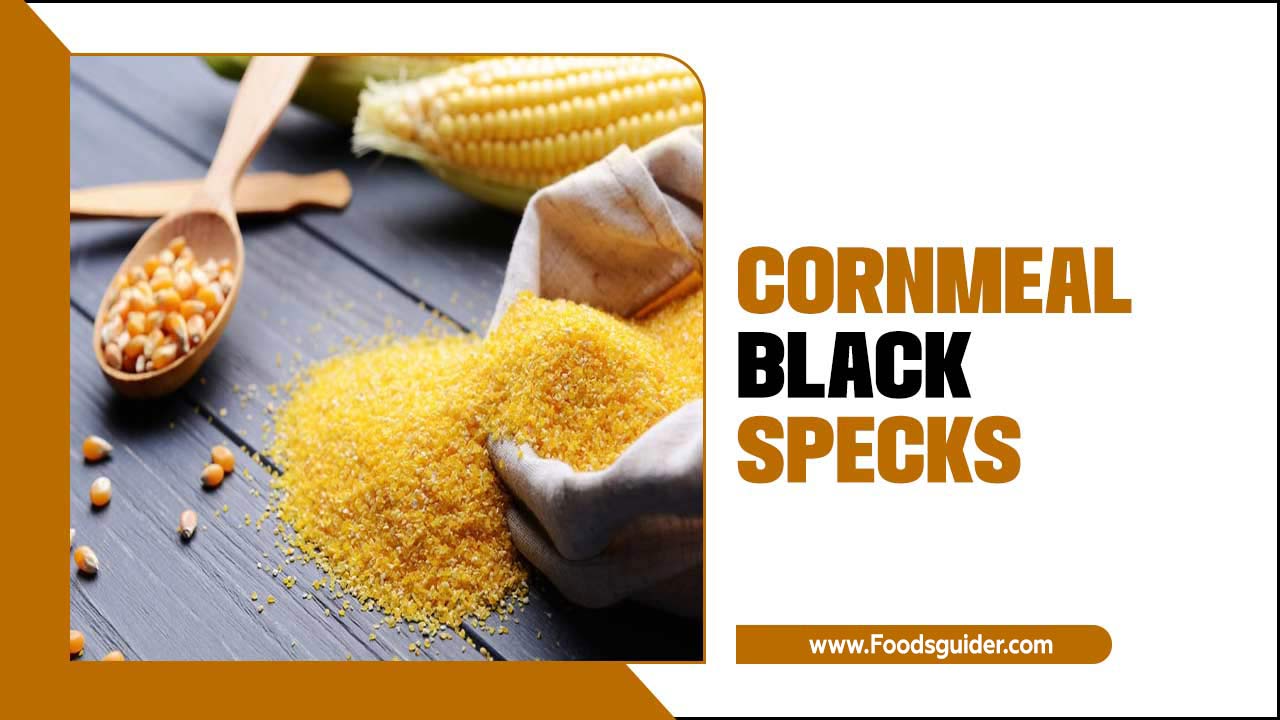
What Causes Black Specks In Cornmeal?
If you’ve ever noticed black specks in your cornmeal, you may wonder what causes them. The answer is that these dark spots are the germ of the corn kernel. Grinding dried corn kernels into a fine powder makes cornmeal; sometimes, the grinding process includes the germ.
The germ is the nutrient-rich part of the kernel that would otherwise sprout and grow into a new plant. While the germ is safe to consume, some people prefer to sift it out of their cornmeal to achieve a smoother texture and milder flavour. To do so, use a fine mesh strainer or sifter to remove the larger pieces of germ before using the cornmeal in your recipe.
What To Do If You Find Cornmeal Black Specks
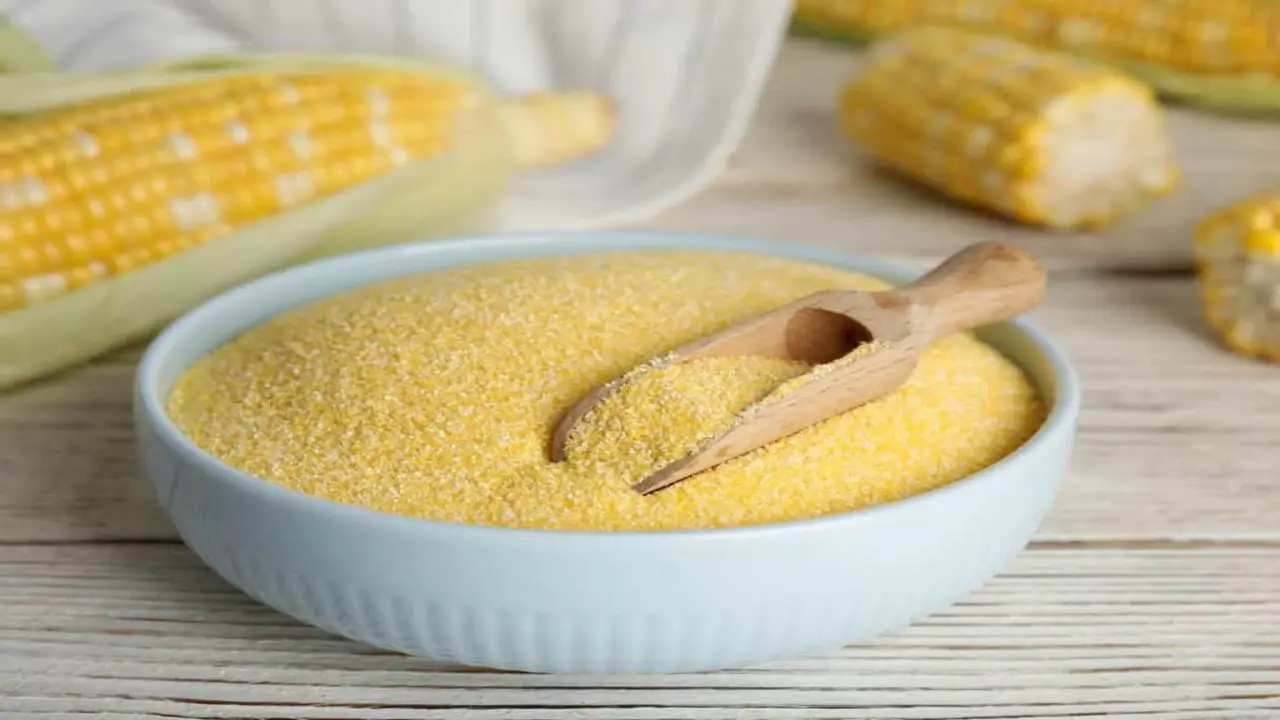
When you come across black specks in your cornmeal, the first step is identifying their source. It could be mould, insects, or small debris from the milling process. Next, assess whether you want to keep or discard the cornmeal based on the level of contamination and your risk tolerance. Check the expiration date on the package to ensure it hasn’t gone bad.
Determine if the black specks pose any health risks; it’s best to avoid consumption if unsure. Consider the type of recipe you plan to make; some dishes might hide the specks, while others won’t. Store cornmeal in a cool, dry place to prevent future contamination, and thoroughly clean the storage area. Here we explained what to do if you find cornmeal black specks.
Identify The Source Of The Black Specks
Finding black specks in your cornmeal can be alarming, but it’s essential to identify their source before taking further action. The specks may indicate mould growth, insect infestation, or residue from the milling process.
By pinpointing the cause, you can make an informed decision about the cornmeal’s safety and whether it can still be used. Inspect the package; if the black specks are confined to the surface, it might be salvageable. However, if the specks appear throughout the cornmeal. It’s best to err on caution and discard it to avoid potential health risks.
Decide Whether You Want To Keep Or Discard The Cornmeal
When you find black specks in your cornmeal, deciding whether to keep or discard requires careful consideration. If the specks are few and isolated, and you’re confident about their source, you might be able to salvage the cornmeal.
However, if the specks are widespread, it’s safer to dispose of it. Consuming contaminated cornmeal can lead to health issues, so it’s crucial not to take any risks. When in doubt, remember that your health comes first, and replacing the cornmeal is a small price for your well-being.
Check The Expiration Date On The Cornmeal Package
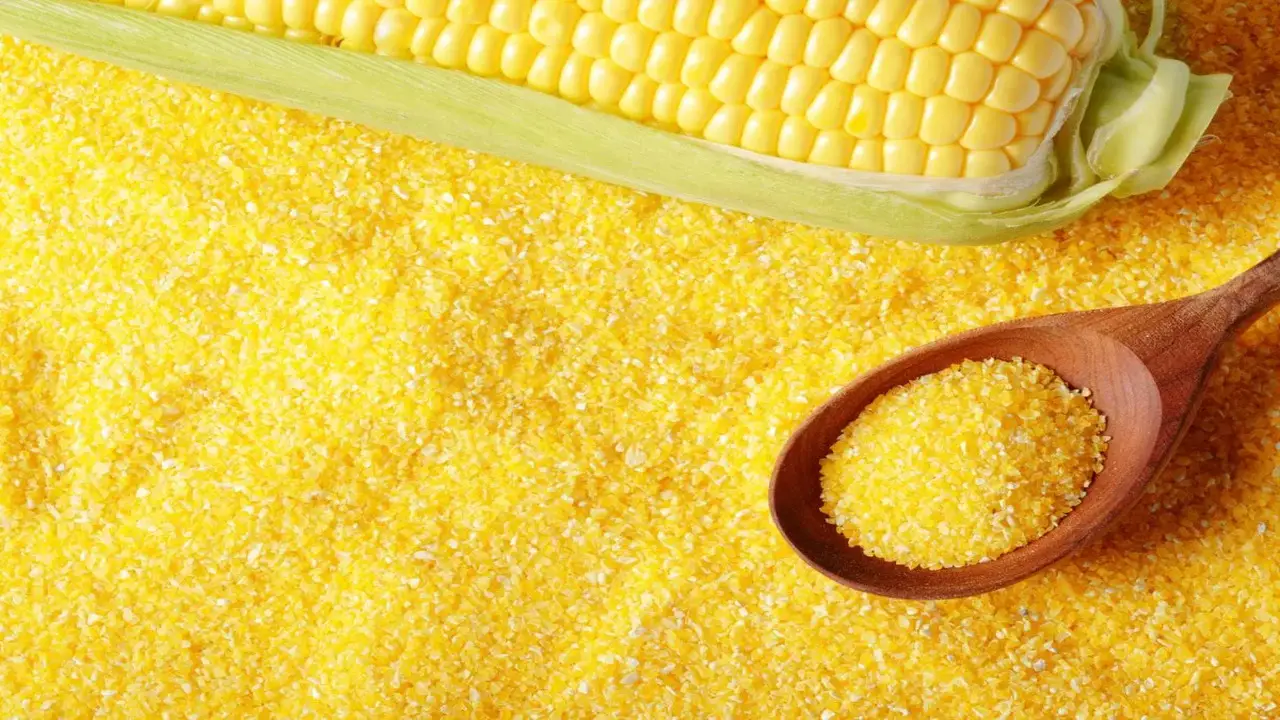
Upon discovering black specks in your cornmeal, one crucial step is to check the expiration date on the package. Expired cornmeal can become more susceptible to contamination and spoilage, leading to the appearance of black specks or other undesirable changes.
If the cornmeal is still within its expiration date, it’s essential to assess whether the black specks result from contamination or an inherent issue. However, if the cornmeal has expired, it’s safer to discard it regardless of the cause of the specks.
Determine If The Black Specks Are Harmful To Your Health
When encountering black specks in your cornmeal, it’s natural to be concerned about their potential impact on your health. Some specks might be harmless, such as tiny particles from the milling process, while others could indicate mold or pest infestation, making the cornmeal unsafe for consumption.
If you can’t confidently identify the specks and their source, avoiding using cornmeal altogether is better. Consuming contaminated cornmeal could lead to foodborne illnesses, allergic reactions, or other health risks, so it’s essential to prioritize your well-being and choose safety over convenience.
Consider The Type Of Recipe You Were Planning To Make With The Cornmeal
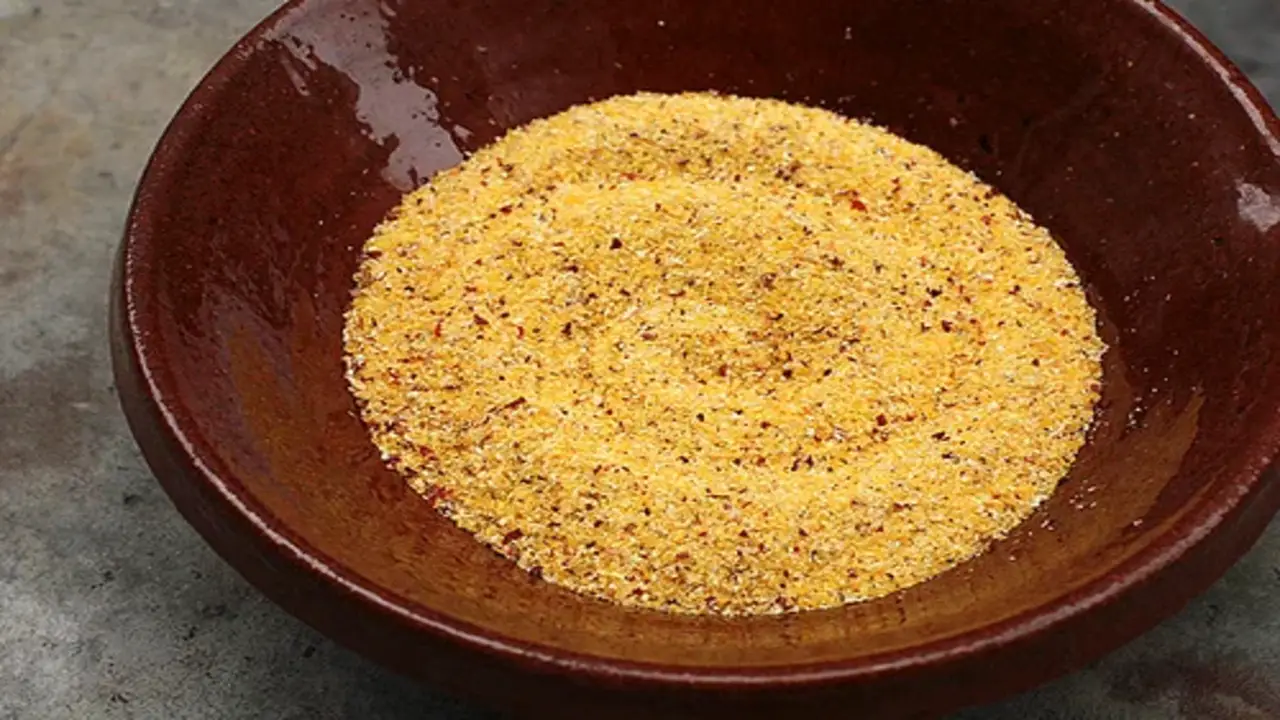
The discovery of black specks in your cornmeal prompts a consideration of the type of recipe you intended to make. Some recipes might be more forgiving, where the specks won’t be noticeable or can be sifted out. In contrast, others, like delicate cakes or pastries, require pristine ingredients.
If the recipe allows for hiding the specks or easily removing them, you may still use the cornmeal. However, if the recipe demands a smooth texture or if the specks could ruin the dish’s appearance, it’s best to find a replacement to ensure the best possible outcome.
Store The Cornmeal Properly To Avoid Future Contamination
Proper storage is vital to prevent future instances of black specks in your cornmeal. After opening the package, transfer the cornmeal to an airtight container to protect it from moisture and pests. Store the container in a cool, dry, and dark place, away from direct sunlight and heat sources.
Regularly inspect the cornmeal for signs of spoilage or infestation. Keeping the cornmeal properly stored will extend its shelf life and help maintain its quality, reducing the risk of encountering black specks in the future.
Clean The Area Where The Cornmeal Was Stored
If you find black specks in your cornmeal, it’s essential to clean the area where it was stored to avoid contamination of other food items. Empty the storage space and dispose of any contaminated cornmeal properly. Thoroughly clean the container or storage bin with soap and water, removing all residue.
For added protection, wipe the area with a food-safe disinfectant. Pay close attention to corners and crevices where insects or mould might hide. Once the area is clean and dry, you can safely store new cornmeal or other food items without cross-contamination.
Consider Purchasing Cornmeal In Smaller Quantities To Avoid Waste
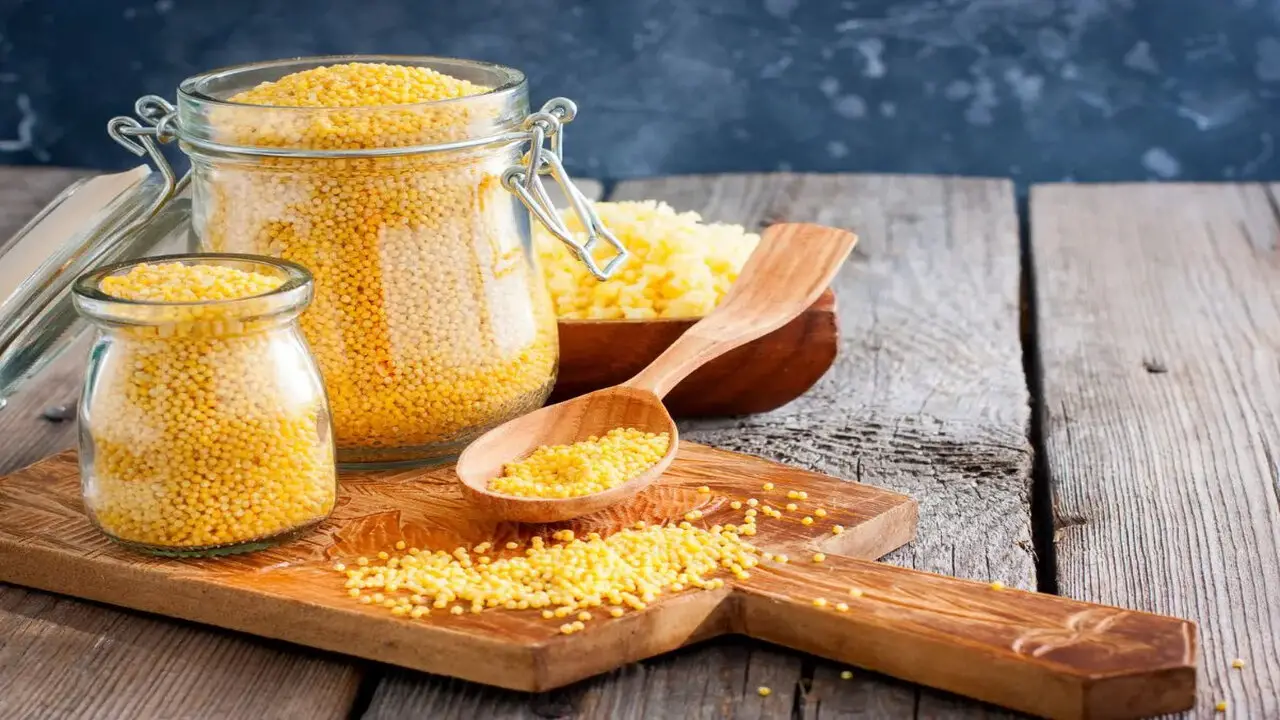
To minimize the risk of encountering black specks in your cornmeal and avoid waste, consider purchasing cornmeal in smaller quantities. Buying in bulk might be cost-effective, but it can lead to longer storage times and increased chances of spoilage or contamination. Evaluate your usage patterns and opt for quantities you can reasonably consume within a few months. This way, you can maintain a fresh supply of cornmeal, reduce the risk of encountering black specks, and enjoy the best possible quality in your culinary creations.
Alternative Flour And Meal Options To Cornmeal
If you find black specks in your cornmeal and need a substitute for your recipe, several alternative flours and meals can fulfil similar roles. Polenta, coarsely ground cornmeal, can often be used interchangeably in many dishes. Corn flour, finely ground from dried corn, can be a suitable replacement for certain recipes.
For a different flavour profile, consider using other types of flour like wheat, rice, almond, or coconut flour, depending on the specific dish you’re preparing. Be mindful of each alternative’s texture and taste to ensure the best results in your culinary endeavours.
The Potential Health Risks Of Consuming Contaminated Cornmeal
Consuming cornmeal with black specks can pose various health risks, depending on the specks’ source. If the specks are due to mould growth or insect infestation, they might contain harmful toxins or pathogens that can lead to food poisoning or allergic reactions.
Contaminated cornmeal could cause stomach upset, diarrhoea, vomiting, or more severe health issues in sensitive individuals. Additionally, some moulds produce mycotoxins, which can be carcinogenic. To safeguard your well-being, it’s essential to identify the cause of the specks and avoid using contaminated cornmeal in any recipe.
Conclusion
Cornmeal black specks in food products can significantly concern consumers and producers. These small imperfections can greatly affect the overall quality and appearance of the product, potentially leading to decreased sales and loss of consumer trust.
However, by implementing strict quality control measures and utilizing advanced technology, manufacturers can successfully reduce the occurrence of these specks and improve the overall quality of their products. The success of these efforts can be seen in the increased customer satisfaction and loyalty, as well as the improved reputation and profitability of the company. It is essential for manufacturers to prioritize the elimination of black specks to ensure the continued success and growth of their business.
FAQ’s:
1.Are The Black Specks In Cornmeal Safe To Eat?
Ans: Yes, the black specks in cornmeal are safe to eat. They are small fragments of the corn kernel’s seed coat and pose no health risks. In fact, they indicate the cornmeal’s authenticity and minimally processed nature.
2.Can I Remove The Black Specks From The Cornmeal Before Cooking?
Ans: While removing all the black specks from cornmeal is challenging, you can sift the cornmeal before using it in recipes to reduce its presence. However, the specks are harmless and add a touch of authenticity to the cornmeal.
3.Do The Black Specks Affect The Texture Of Cornbread Or Other Cornmeal Dishes?
Ans: The black specks in cornmeal do not significantly impact the texture of cornbread or other dishes. They are tiny and should not be noticeable in the final product. The overall texture is determined more by the recipe and preparation method.
4.How Should I Store Cornmeal To Prevent The Formation Of Black Specks?
Ans: Storing cornmeal in a cool, dry, and airtight container can help maintain its quality and reduce the formation of black specks over time. Proper storage will also prevent moisture and pests from affecting the cornmeal.
5.Can I Use Cornmeal With Black Specks For Making Grits Or Polenta?
Ans: Yes, cornmeal with black specks is suitable for making grits or polenta. The black specks do not affect the taste or texture of these dishes, and they are commonly found in traditional stone-ground or whole-grain cornmeal used for grits and polenta.
Meet Joseph Bryant, the creative force behind Foodsguider. As a self-taught chef and passionate food explorer, Joseph Bryant invites you to savor the journey through delightful recipes and the stories that accompany them. From kitchen adventures to the joy of sharing, join Foodsguider in celebrating the magic of good food and lasting memories.
